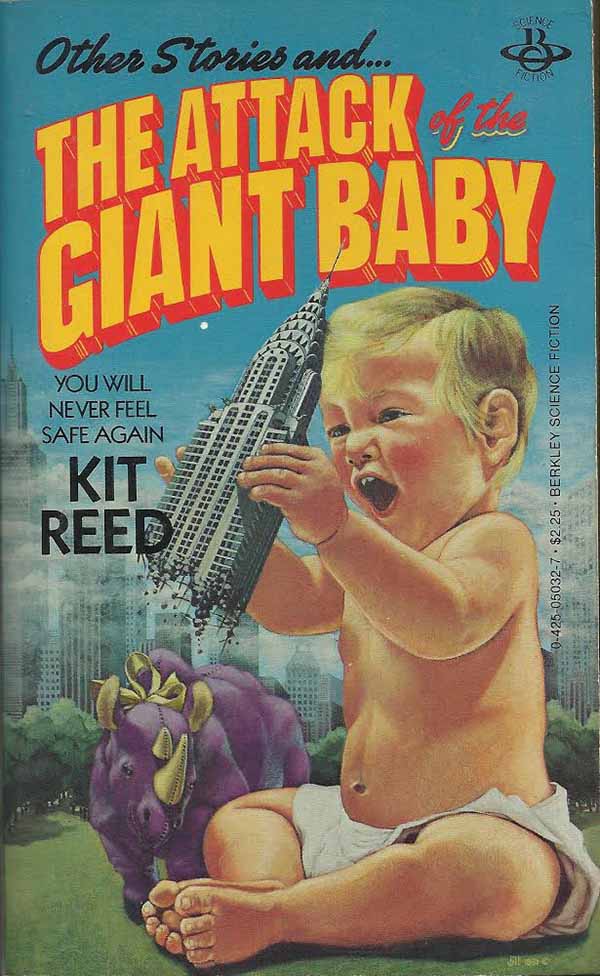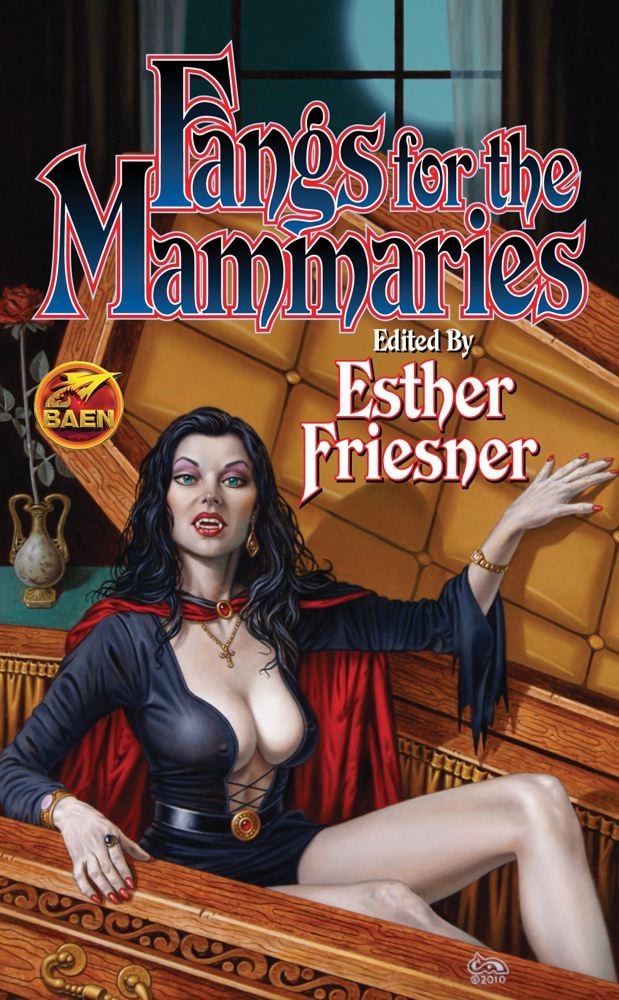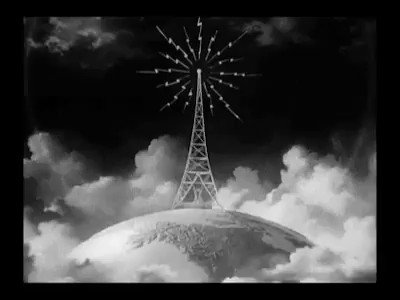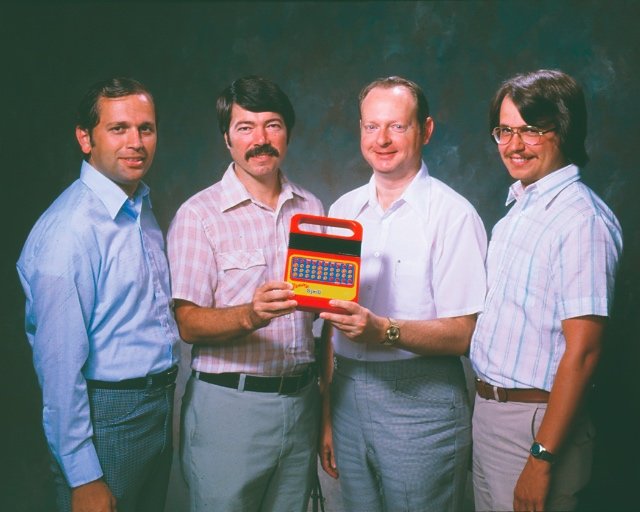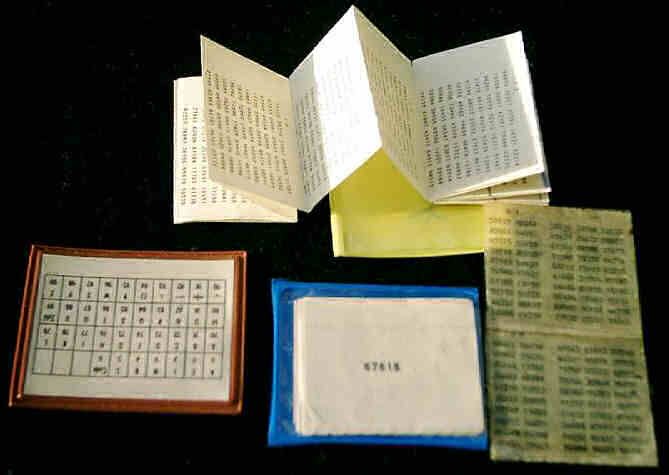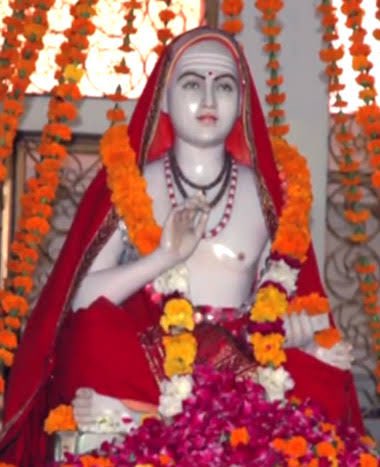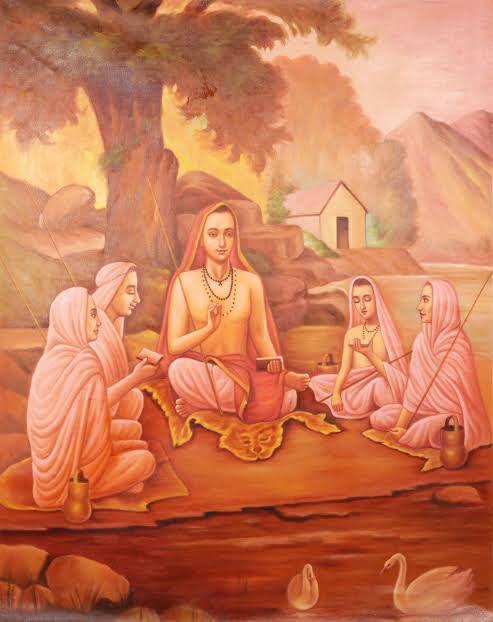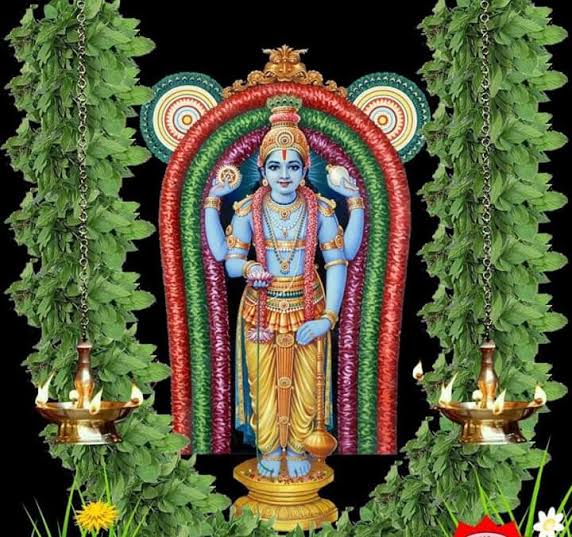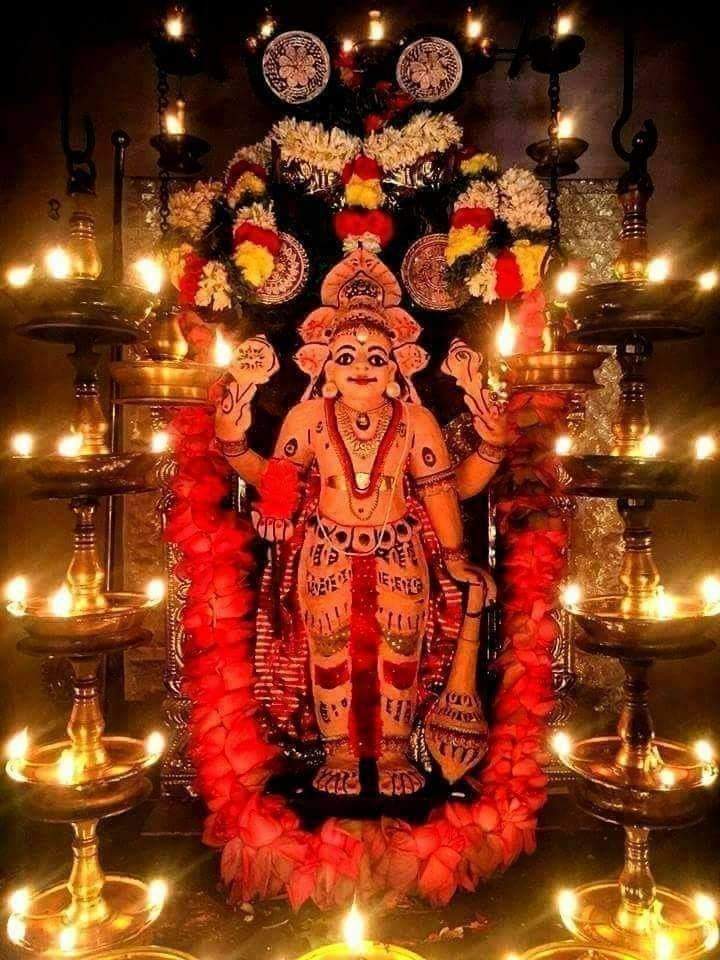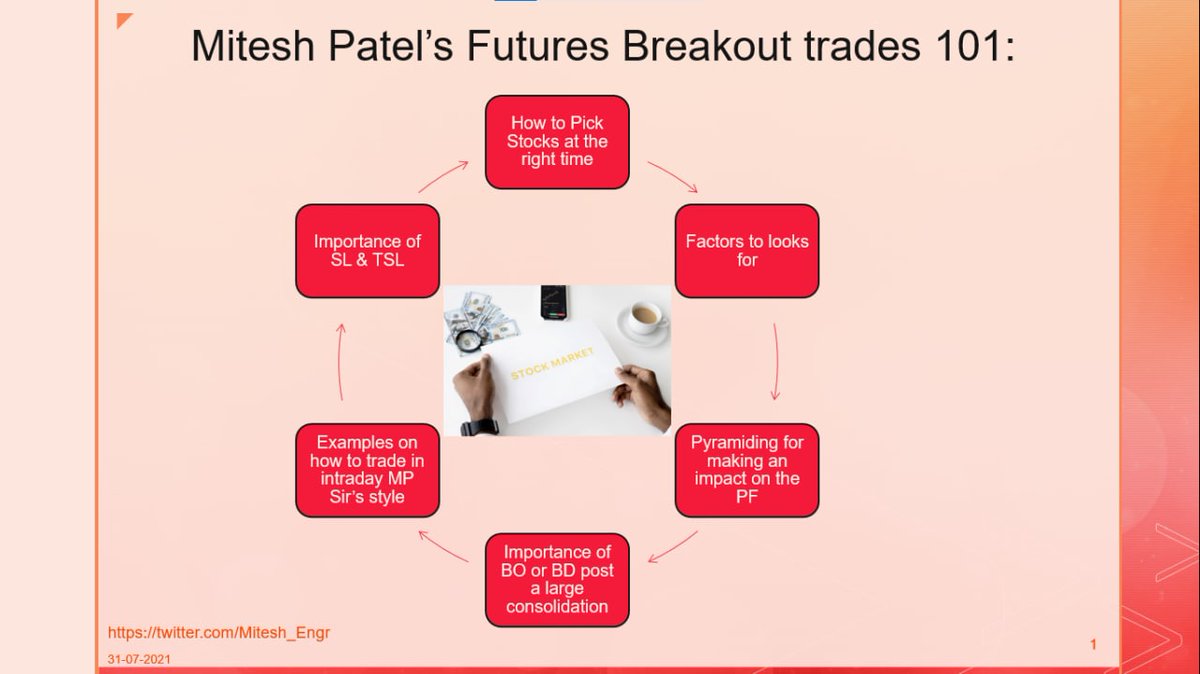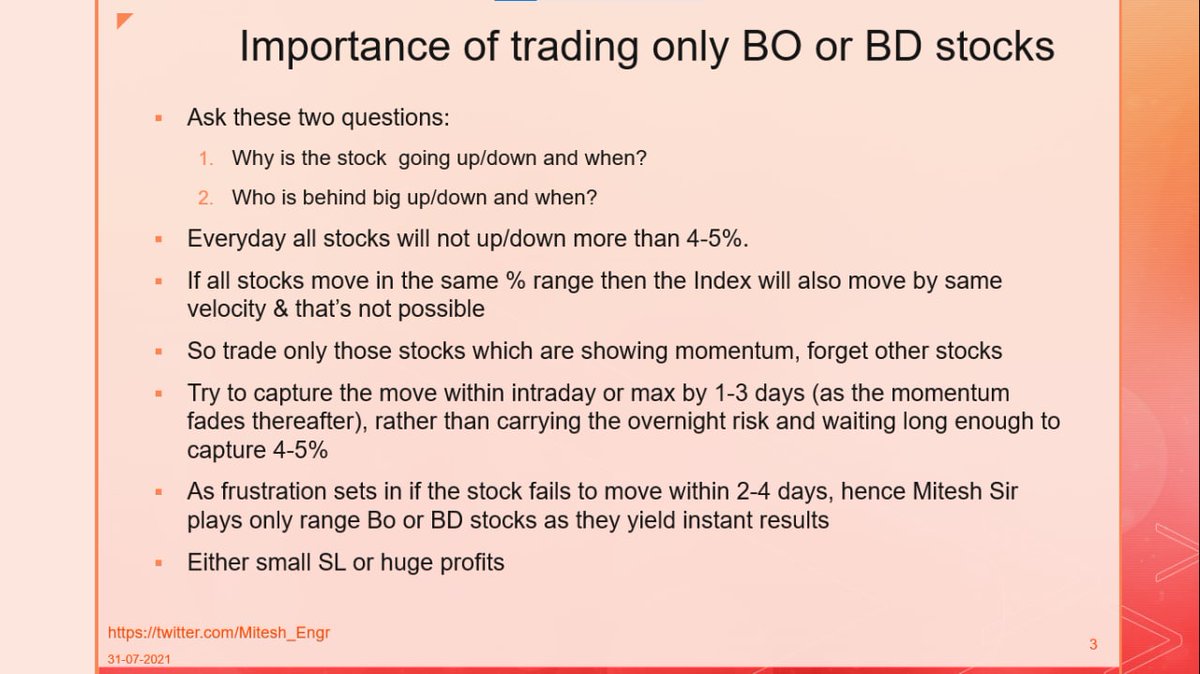https://t.co/fJUxbVqAen by @YuanlingY, @JoshConstine
📖 Creator economy reading list
As we kick off 2021, here's a roundup of my favorite Creator Economy / Passion Economy reads from 2020, covering:
• State of the market
• State of creators
• Trends and insights
• Platform strategy
👇
https://t.co/fJUxbVqAen by @YuanlingY, @JoshConstine
https://t.co/928VB6uFJO by @HugoAmsellem
• Promote other people's products
• Sell their own products
• Invest
https://t.co/dMXiW6VFzn by @mariodgabriele
• Sharing profits w/ an audience
• Borrowing from Reddit
• The @MrBeastYT Flywheel
https://t.co/clxNk1NNm3 by @mariodgabriele
It's hard to build an audience without finding a good niche, and it's hard to make money if you haven't built an audience.
https://t.co/Qh3OBbq7ds by @petergyang
Today, creators can make the same amount of money from even fewer fans.
https://t.co/zv1g6nKoD7 by @ljin18
Enter, the Multi-SKU Creator.
https://t.co/WUiAnq3nnA by @hunterwalk
The real scarcity isn’t content. It’s attention.
As the amount of content grows, so does the market for credible curators.
https://t.co/3KFdkYgOnE by @gaby_goldberg
1. Everyone can be creators
2. They have direct, authentic connections to communities
3. Creators have new tools to monetize their work
(Use "influencer" and "creator" interchangeably here)
https://t.co/4gkRmx95f2 by @rex_woodbury
https://t.co/pnsf2mY359 by @petergyang
https://t.co/HNFwWfxK7o by @ljin18
This study found that this ratio may no longer be true.
https://t.co/30l1zXpIlM by @HigherLogic
Startups can grow by helping creators make money through authentic interactions with super fans.
https://t.co/9BRj4ZzlGw by @petergyang
Here are 10 strategies for fostering the creator middle class.
https://t.co/ZWL4qzKmOO, https://t.co/C84Yh154qw by @ljin18
• The value of a shoutout from a large account
• Attention to capital conversion efficiency
• Creator monetization strategy
https://t.co/0dS1irJ4Bm by @jomaoppa
• Substack has 250k+ paid subs
• Patreon is now valued at $1.2B
• OnlyFans earned $300M in profit
• Cameo handled $100M transactions
• Twitch 2X'd the number of streamers
https://t.co/pHgBkT8eaU by @sarafischer
More from Culture
A thread of very good, wonderful, truly Super Bowls.
Translucent agate bowl with ornamental grooves and coffee-and-cream marbling. Found near Qift in southern Egypt. 300 - 1,000 BC. 📷 Getty Museum https://t.co/W1HfQZIG2V
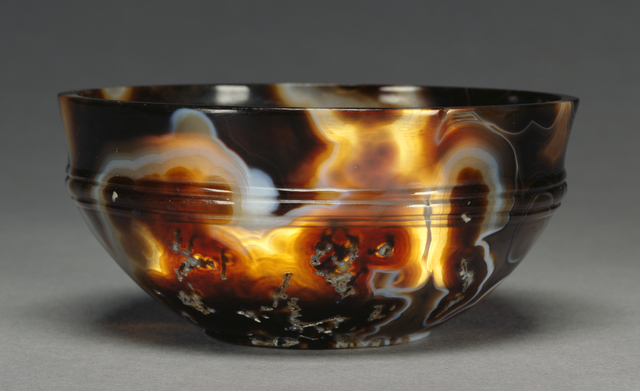
Technicolor dreambowl, found in a grave near Zadar on Croatia's Dalmatian Coast. Made by melding and winding thin bars of glass, each adulterated with different minerals to get different colors. 1st century AD. 📷 Zadar Museum of Ancient Glass https://t.co/H9VfNrXKQK
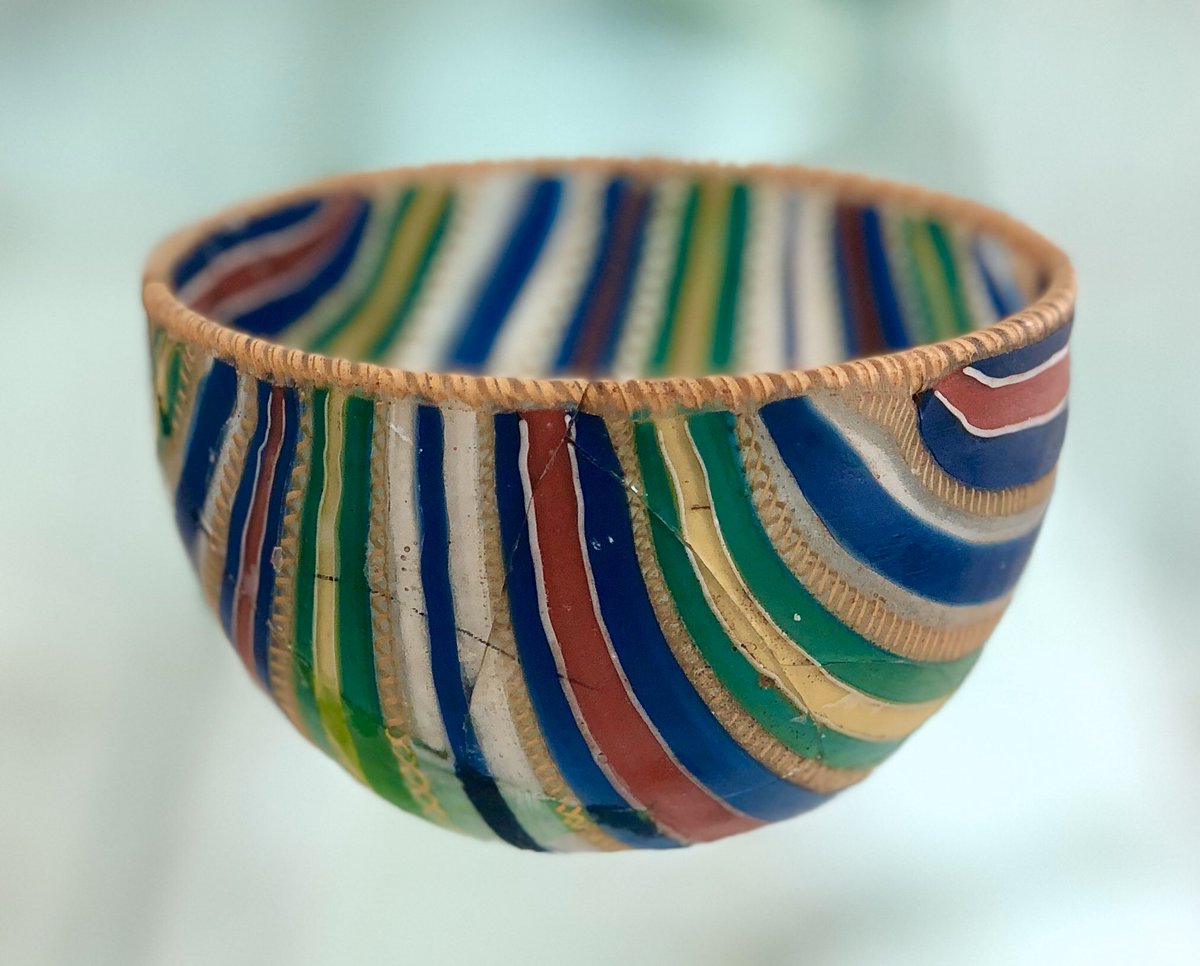
100,000-year-old abalone shells used to mix red ocher, marrow, charcoal, and water into a colorful paste. Possibly the oldest artist's palettes ever discovered. Blombos Cave, South Africa. 📷https://t.co/0fMeYlOsXG
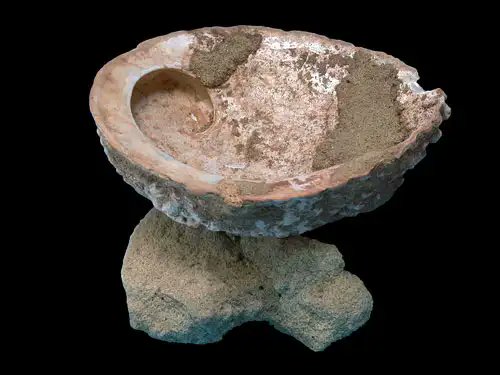
Reed basket bowl with shell and feather ornaments. Possibly from the Southern Pomo or Lake Miwok cultures. Found in Santa Barbara, CA, circa 1770. 📷 British Museum https://t.co/F4Ix0mXAu6
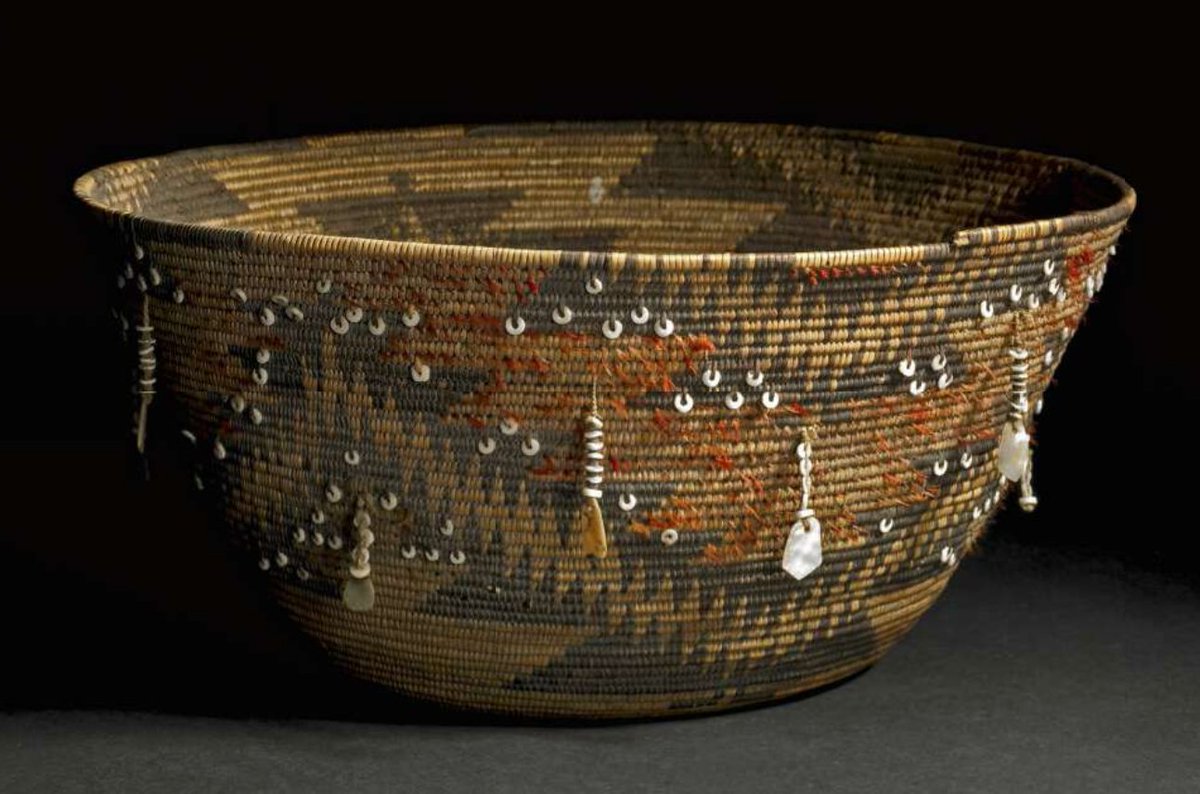
Wooden bowl with concentric circles and rounded rim, most likely made of umbrella thorn acacia (Vachellia/Acacia tortilis). Qumran. 1st Century BCE. 📷 https://t.co/XZCw67Ho03
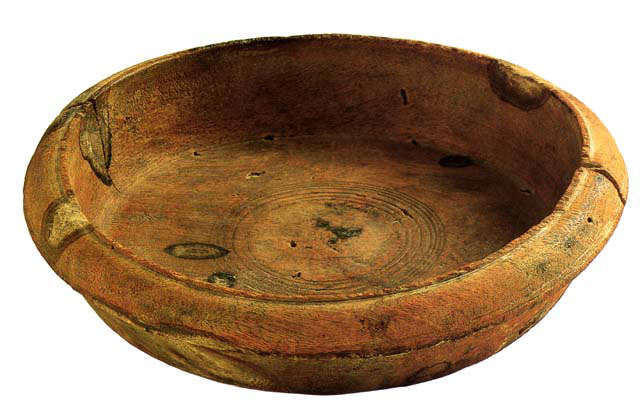
Translucent agate bowl with ornamental grooves and coffee-and-cream marbling. Found near Qift in southern Egypt. 300 - 1,000 BC. 📷 Getty Museum https://t.co/W1HfQZIG2V

Technicolor dreambowl, found in a grave near Zadar on Croatia's Dalmatian Coast. Made by melding and winding thin bars of glass, each adulterated with different minerals to get different colors. 1st century AD. 📷 Zadar Museum of Ancient Glass https://t.co/H9VfNrXKQK

100,000-year-old abalone shells used to mix red ocher, marrow, charcoal, and water into a colorful paste. Possibly the oldest artist's palettes ever discovered. Blombos Cave, South Africa. 📷https://t.co/0fMeYlOsXG

Reed basket bowl with shell and feather ornaments. Possibly from the Southern Pomo or Lake Miwok cultures. Found in Santa Barbara, CA, circa 1770. 📷 British Museum https://t.co/F4Ix0mXAu6

Wooden bowl with concentric circles and rounded rim, most likely made of umbrella thorn acacia (Vachellia/Acacia tortilis). Qumran. 1st Century BCE. 📷 https://t.co/XZCw67Ho03

You May Also Like
The first area to focus on is diversity. This has become a dogma in the tech world, and despite the fact that tech is one of the most meritocratic industries in the world, there are constant efforts to promote diversity at the expense of fairness, merit and competency. Examples:
USC's Interactive Media & Games Division cancels all-star panel that included top-tier game developers who were invited to share their experiences with students. Why? Because there were no women on the
ElectronConf is a conf which chooses presenters based on blind auditions; the identity, gender, and race of the speaker is not known to the selection team. The results of that merit-based approach was an all-male panel. So they cancelled the conference.
Apple's head of diversity (a black woman) got in trouble for promoting a vision of diversity that is at odds with contemporary progressive dogma. (She left the company shortly after this
Also in the name of diversity, there is unabashed discrimination against men (especially white men) in tech, in both hiring policies and in other arenas. One such example is this, a developer workshop that specifically excluded men: https://t.co/N0SkH4hR35

USC's Interactive Media & Games Division cancels all-star panel that included top-tier game developers who were invited to share their experiences with students. Why? Because there were no women on the
ElectronConf is a conf which chooses presenters based on blind auditions; the identity, gender, and race of the speaker is not known to the selection team. The results of that merit-based approach was an all-male panel. So they cancelled the conference.
Apple's head of diversity (a black woman) got in trouble for promoting a vision of diversity that is at odds with contemporary progressive dogma. (She left the company shortly after this
Also in the name of diversity, there is unabashed discrimination against men (especially white men) in tech, in both hiring policies and in other arenas. One such example is this, a developer workshop that specifically excluded men: https://t.co/N0SkH4hR35






